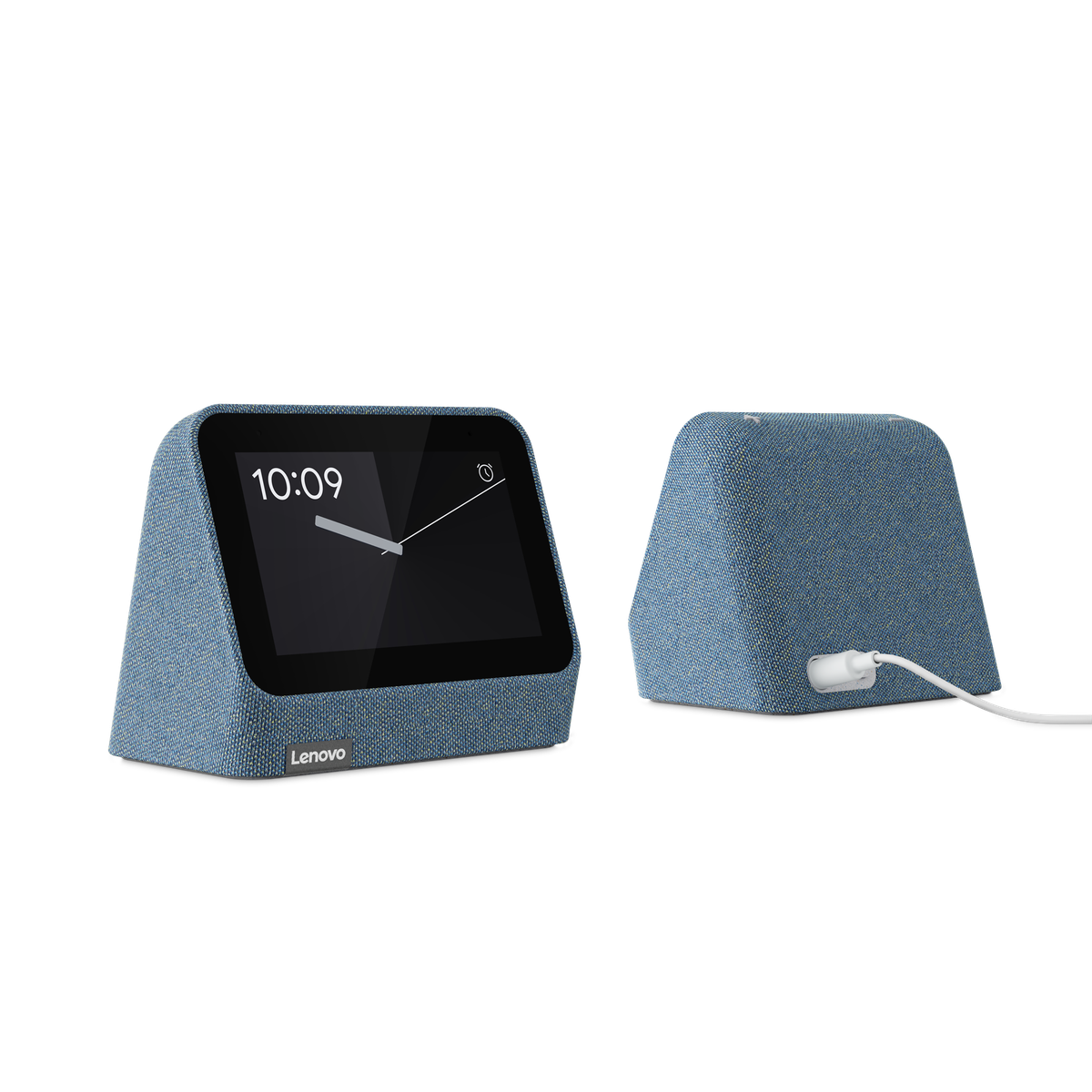Next week, a massive asteroid will fly safely by our planet.
According to a statement from NASA’s Center for Near-Earth Object Studies (CNEOS) at the agency’s Jet Propulsion Laboratory in California, the asteroid 7482 (1994 PC1) will make its closest approach to our planet on Jan. 18 at 4:51 p.m. EST (2151 GMT).
The 3,400-foot (1-kilometer) asteroid will fly by our planet at a high speed of roughly 12 miles per second (20 kilometres per second) at its closest approach, according to the table. According to EarthSky, this will be a safe pass and the asteroid’s closest approach to Earth in the next 200 years at this distance.
Asteroids are space rocks that are remnants of the early solar system, when our neighbourhood was densely populated with similar objects. There are tens of thousands of asteroids, but only a small percentage of them pass close enough to be classified as near-Earth objects (NEOs). The 7482 (1994 PC1) encounter is thus representative of the hundreds of Earth flybys reported by the media each year.
According to NASA, asteroids and comets that come within 1.3 astronomical units (120.9 million miles, or 194.5 million kilometres) of Earth qualify as NEOs. Congress has directed the agency to locate and report at least 90% of all NEOs 460 feet (140 metres) and greater by the end of 2020, in response to an earlier request to find even larger objects.
While NASA has yet to achieve that goal, it does have a network of partner telescopes on the ground and in space working to detect and monitor NEOs, with the agency’s Planetary Defense Coordination Office coordinating efforts on potentially hazardous ones. We don’t have any imminent asteroids to worry about right now, but the agency is still investigating and developing defence systems in case there are any future threats.
In the fall of 2022, NASA will launch the Double Asteroid Redirection Test (DART), a mission that will attempt to modify the path of an asteroid’s moonlet. Another mission, OSIRIS-REx (Origins-Spectral Interpretation-Resource Identification-Security-Regolith Explorer), is on its way from the asteroid Bennu with an asteroid sample that could benefit future asteroid composition research and defence measures.
In order to find new asteroids, NASA plans to launch NEO Surveyor, a dedicated mission, into space by 2026. According to the agency, NEO Surveyor should be able to find 90% of all NEOs 460 feet (140 metres) and greater in the ten years following its launch.
- Wear OS 5 Now Available for Older Galaxy Watch Devices - November 20, 2024
- Nick Martinez accepts the Reds’ qualifying offer of $21.05 million - November 19, 2024
- Apple Announces Next-Gen AirTag for 2025 with Enhanced Privacy Features - November 18, 2024









